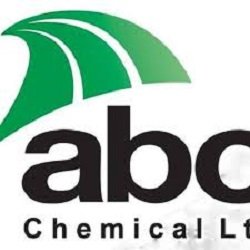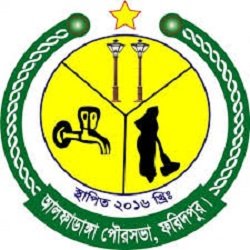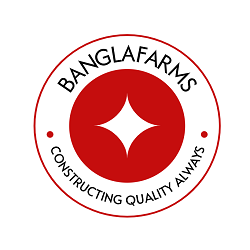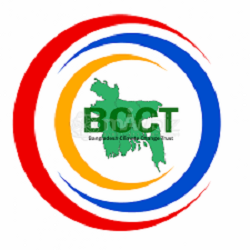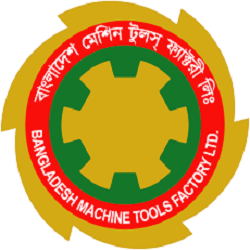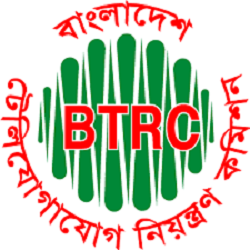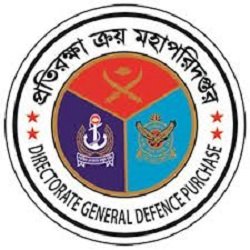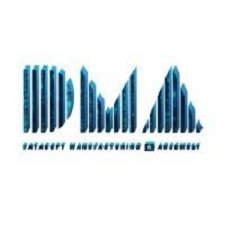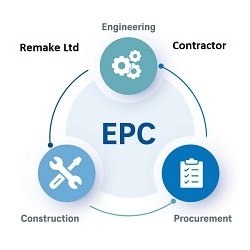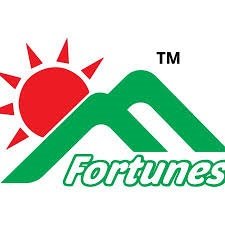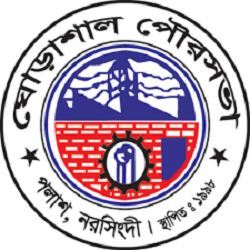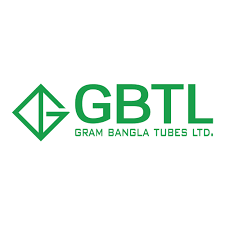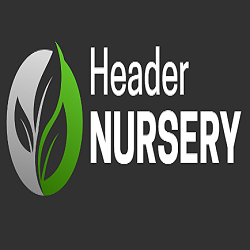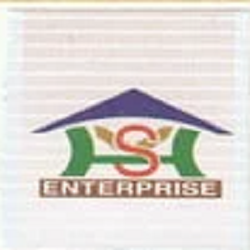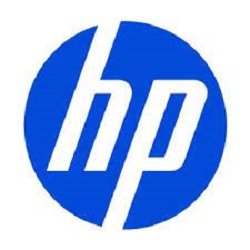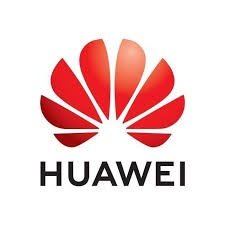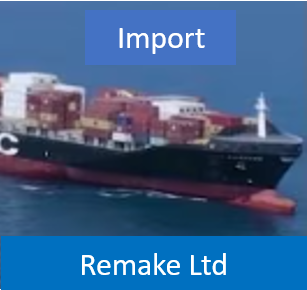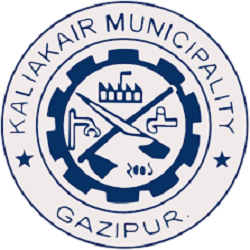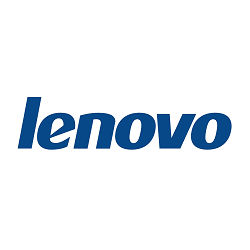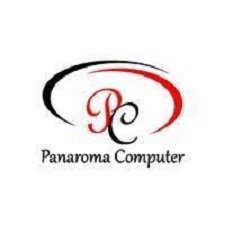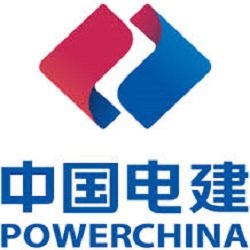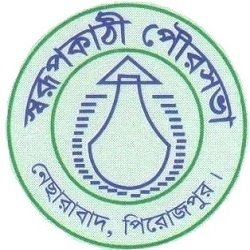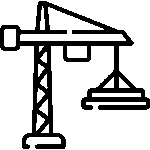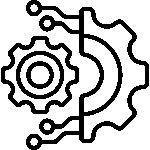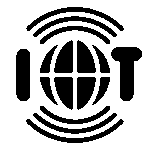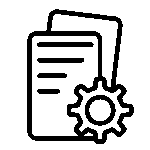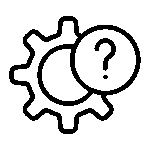
ERP Subscription
Under Contact and Buildup with necessary Modules
Contact and Buildup sections for the HR, CRM, and Accounting system with WooCommerce Integration with CRM and Accounting Modules in ERP, Payment Gateway (for ERP Accounting Module), SMS Notification (for ERP), Inventory Management (in Accounting Module), Attendance (Employee Attendance Add-On for WP ERP), Asset Manager, HR Training (Employee Training Add-On for WP ERP).
ERP Subscription | A comprehensive system for Human Resources (HR), Customer Relationship Management (CRM), and Accounting integrates key modules designed to streamline business processes, improve efficiency, and ensure seamless operations across departments. Each module plays a crucial role in its respective domain, offering specialized features tailored to meet the demands of modern businesses.
HR Module: The HR module is essential for managing the employee lifecycle, from recruitment to retirement. Key features typically include recruitment management, employee records, payroll processing, attendance tracking, performance management, and benefits administration. The recruitment module enables HR teams to post job openings, screen candidates, and manage the hiring process. Employee records include personal details, employment history, compensation data, and skill sets. Payroll functionality automates salary calculations, tax deductions, and compliance with labor laws. Attendance tracking integrates with time-keeping systems, ensuring accurate data on employee work hours, overtime, and leaves. Performance management tools allow for goal setting, performance reviews, and feedback, while benefits administration handles employee perks, such as health insurance and retirement plans.
CRM Module: The CRM module focuses on managing interactions with current and potential customers. It centralizes customer data, tracking interactions, purchases, feedback, and preferences, which helps businesses build stronger, personalized relationships with clients. Features include contact management, sales tracking, marketing automation, and customer service management. Contact management allows businesses to store detailed information about leads, customers, and prospects, ensuring no interaction goes unnoticed. Sales tracking tools provide insights into sales pipelines, opportunities, and conversions, helping businesses forecast revenue and optimize sales efforts. Marketing automation features streamline campaigns, send personalized emails, and nurture leads effectively. Additionally, customer service management tools help resolve queries, handle complaints, and track customer satisfaction, ensuring a superior customer experience.
Accounting Module: The Accounting module is central to managing a company’s finances, ensuring accurate bookkeeping, compliance, and financial reporting. Key features include general ledger management, accounts payable and receivable, invoicing, expense tracking, and financial reporting. The general ledger is the core of the module, recording all financial transactions in real-time and ensuring transparency. Accounts payable and receivable functionalities automate the tracking of incoming and outgoing payments, ensuring timely processing of invoices and bills. Invoicing tools allow businesses to create, send, and manage invoices, while expense tracking helps monitor company expenditures and stay within budget. Financial reporting features provide real-time data on profit and loss, balance sheets, cash flow, and tax liabilities, helping businesses make informed financial decisions.
Integration between these modules ensures seamless data flow between departments. For instance, employee payroll details in the HR module can be synced with accounting for accurate salary disbursements. Similarly, CRM data on sales can directly impact the accounting module for revenue tracking and financial forecasting. The interconnected nature of these modules helps reduce manual entry, minimize errors, and improve overall operational efficiency.
In conclusion, the HR, CRM, and Accounting modules together form a robust system that enhances productivity, optimizes processes, and provides critical insights into business operations. By leveraging these integrated solutions, businesses can foster growth, ensure compliance, and provide exceptional service to employees and customers alike.
HR (Human Resources) Module
- Overview: A general dashboard showing key HR metrics such as headcount, new hires, and employee status.
- People: Manage employee profiles, roles, departments, and organizational hierarchy.
- Payroll: Tracks employee salaries, bonuses, deductions, tax information, and processes payroll.
- Leave: Manages employee leave requests, approvals, balances, and leave history.
- Attendance: Tracks employee attendance, working hours, overtime, and absences.
- Assets: Manages the allocation and tracking of company assets like laptops, phones, and office equipment.
- Recruitment: Handles job postings, candidate management, interview scheduling, and hiring processes.
- Documents: Stores employee-related documents like contracts, performance reviews, and training certifications.
- Training: Tracks employee training, certifications, and professional development.
- Reports: Provides analytics on HR activities such as hiring, leave trends, employee performance, and more.
- Help: Provides support resources or helpdesk functionality for HR-related queries.
CRM (Customer Relationship Management) Module
- Overview: A dashboard displaying key CRM metrics like sales, customer interactions, and lead conversions.
- Contacts: Manages customer profiles, contact details, communication history, and relationship status.
- Deals: Tracks ongoing deals and sales opportunities, including stages, values, and closing dates.
- Tasks: Organizes tasks and reminders for CRM users to follow up with clients or leads.
- Integrations: Links CRM with other tools (e.g., email platforms, marketing automation tools) for seamless workflows.
- Reports: Provides analytics on sales, deals, customer engagement, and performance.
- Help: Provides support resources for CRM users, such as troubleshooting guides or customer service assistance.
Accounting Module
- Dashboard: Displays financial metrics, including income, expenses, and profitability.
- Users: Manages users with accounting roles and access levels.
- Transactions: Tracks financial transactions, including income, expenses, and transfers.
- Products: Manages products, services, and pricing for accounting purposes (including inventory).
- Settings: Configures financial settings like tax rates, currencies, chart of accounts, etc.
- Reports: Provides financial reports like balance sheets, profit & loss statements, and tax filings.
WooCommerce Integration with CRM and Accounting Modules in ERP
CRM Integration:
- Sync customer data and order history from WooCommerce to CRM, enabling personalized communication, targeted marketing, and follow-up with customers.
- Track deals, sales pipelines, and customer interactions based on WooCommerce customer actions (e.g., product purchases, abandoned carts).
Accounting Integration:
- Automatically sync WooCommerce transactions (orders, refunds, payments) into the ERP Accounting module, ensuring seamless financial record-keeping.
- Manage VAT, sales tax, and payment gateways directly through the integrated system.
- Generate invoices, payment receipts, and financial reports based on WooCommerce transactions.
Payment Gateway (for ERP Accounting Module)
Manage Payment Gateways:
- Enable multiple payment options such as credit/debit cards, bank transfers, PayPal, Stripe, and other online payment methods.
- Track and reconcile payments made through various gateways within the ERP system, updating accounts and transaction logs automatically.
- Configure the payment gateway settings, such as tax rates, currency types, and payment methods for better financial management.
SMS Notification (for ERP)
Send SMS Notifications:
- Automate SMS notifications to both employees (e.g., attendance updates, leave approvals) and CRM contacts (e.g., order confirmations, shipping updates).
- Integrate with a reliable SMS gateway for sending bulk or personalized SMS messages.
- Use SMS for important alerts, reminders, or announcements to ensure immediate communication.
Inventory Management (in Accounting Module)
Manage and Display Products:
- Track the purchase, order, and stock levels of products directly within the ERP system, integrating seamlessly with your WooCommerce store.
- Monitor stock levels, sales orders, purchase orders, and supplier information.
- Generate inventory reports that help optimize stock control and avoid overstocking or stockouts.
- Automate reordering and stock updates based on sales data.
Attendance (Employee Attendance Add-On for WP ERP)
Manage Employee Attendance:
- Track employee attendance, work hours, overtime, and leave, all integrated within the HR module of your ERP system.
- Enable employees to log in and out, and track their hours either manually or using an automated system.
- Set up attendance policies (e.g., late arrivals, absences) and generate reports for payroll calculations.
- Sync attendance data with payroll for accurate salary processing.
Asset Manager
Manage Assets:
- Keep track of all physical and digital assets assigned to employees, such as computers, phones, or office equipment.
- Allocate assets to employees and monitor the condition, usage, and lifespan of each item.
- Track asset maintenance, depreciation, and warranty details.
- Generate asset reports for auditing, insurance, and inventory purposes.
HR Training (Employee Training Add-On for WP ERP)
Employee Training:
- Manage employee training sessions, courses, certifications, and professional development programs.
- Track the progress of employees in their training and development goals.
- Generate training completion reports and certificates for employees.
- Integrate with HR performance reviews to link training outcomes to employee evaluations and career growth.
Summary of Integrations and Benefits
- CRM and Accounting with WooCommerce Integration: Streamlined customer management, financial tracking, and sales order processing between WooCommerce and ERP modules.
- Payment Gateways: Easily manage and reconcile various payment methods in your accounting system, ensuring smooth financial transactions.
- SMS Notifications: Enhance communication with employees and clients through automated SMS alerts for critical events.
- Inventory Management: Keep inventory in check and integrated with your financial system for real-time stock and order tracking.
- Attendance & HR Training: Ensure accurate employee attendance tracking and development progress with dedicated modules for HR management.
- Asset Tracking: Keep track of company assets and improve resource allocation with automated asset management tools.
This comprehensive ERP setup integrates key business operations, making it easier to manage HR, accounting, CRM, and WooCommerce all in one platform. If you need more details on how these modules work together or a custom implementation, feel free to ask!
